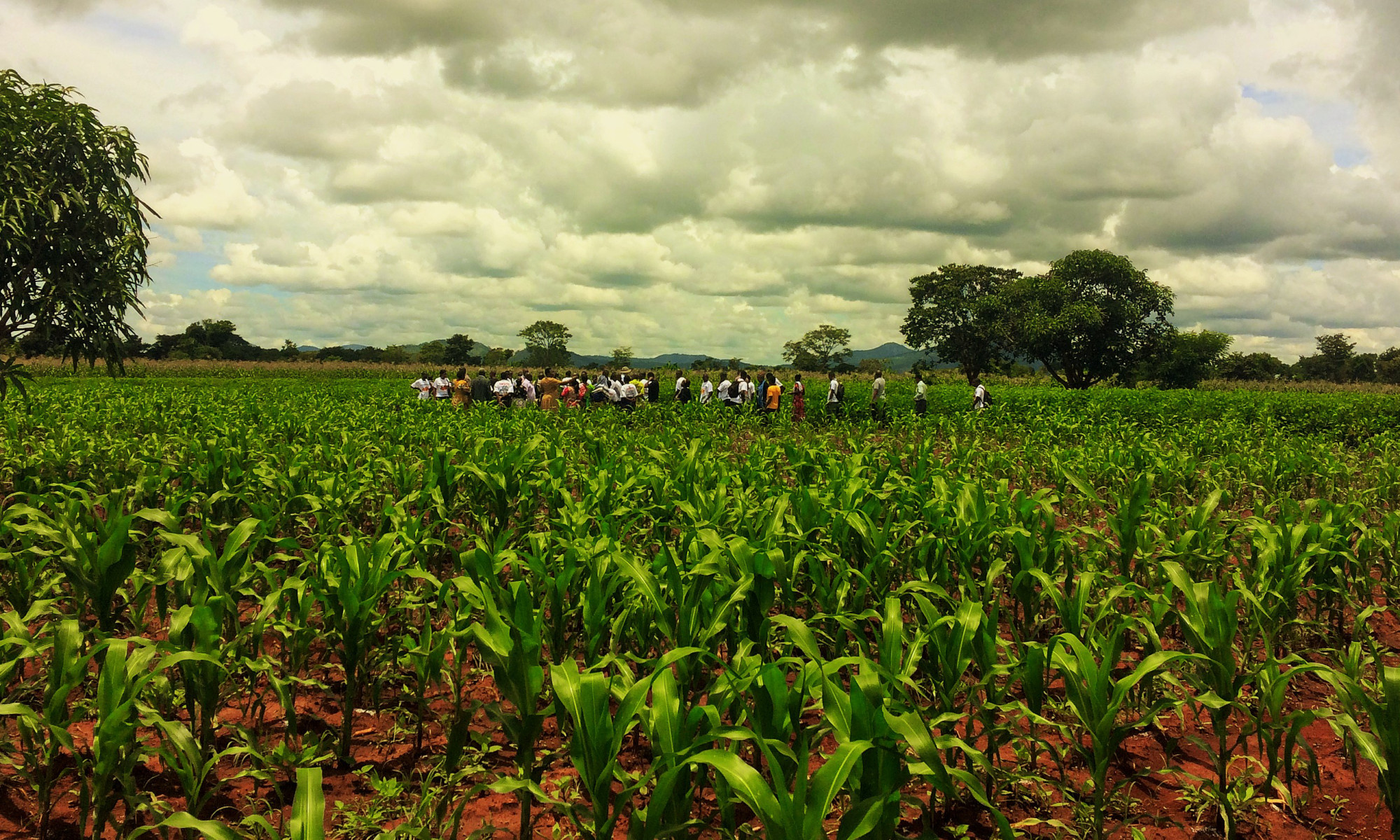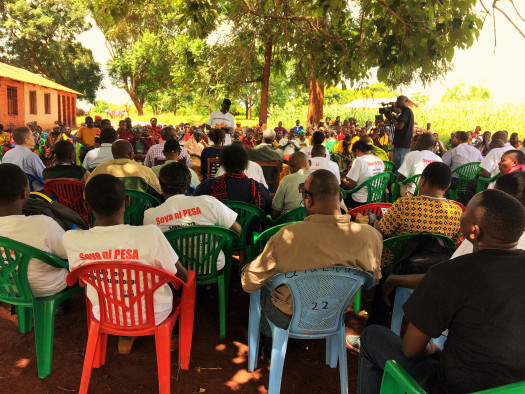
Written by Jill Tove Buseth, PhD Fellow, Noragric. This post is one of a series that will explore the aims and conceptual bases of the Noragric-led Greenmentality project.
First published in the Greenmentality Blog.
Policies increasingly discuss technological and financial aspects of the green transition, particularly in the global North. Less attention has been paid to the ways in which the green economy is being implemented in the global South, as well as to the governance implications of these green transitions. While the green economy in the global North often focuses on technological innovation in the energy sector, the green economy in the global South often infers transformed control over natural resources. Initiatives such as carbon and biodiversity offsetting, REDD+ and wildlife conservation are all examples of this. The green economy is also increasingly merged with investments aiming to increase productivity in the agriculture sector in Africa – also known as the ‘New Green Revolution’ in Africa.
Greenwashing
At 2012’s Rio+20, representatives from the Tanzanian government presented their new ‘laboratory’ for green growth, the Southern Agricultural Growth Corridor of Tanzania (SAGCOT). SAGCOT is a public-private partnership that aims to mobilize 3.5 billion USD in investments, bring 350,000 hectares of land into commercial farming, create 420,000 new jobs, and lift 2 million people out of poverty. The initiative was established in 2010 by the multinational agri-business sector, in particular the Norwegian fertilizer giant Yara, in cooperation with the Tanzanian government and a few aid donors, as an agriculture investment portfolio with the purpose of boosting Tanzania’s agricultural productivity and stimulate economic growth.
The Tanzanian government has proclaimed that SAGCOT is the new, green road to economic growth, poverty reduction and environmental preservation – claims that correspond closely with the triple bottom line of the green economy – and SAGCOT has increasingly postured itself in this way rather than in terms of agricultural investment. In an article recently published in Geoforum, I examine how the green economy discourse and policy at the global level was reinterpreted to fit SAGCOT in its establishment. Simultaneously, SAGCOT was re-shaped to fit the green economy discourse in which it was initiated. I argue that the green economy discourse was ‘grabbed’ as an opportunity to ‘greenwash’ SAGCOT, and that SAGCOT is merely an example of the agri-business sector’s drive towards penetrating the African continent – not inclusive, green growth and poverty reduction for smallholders.
According to several informants in Tanzania, SAGCOT adjusted its branding and re-shaped its policies in order to comply with the prevailing green discourse. In the first policy document from 2011 (called ‘the blueprint’), SAGCOT was primarily presented as an ‘agriculture investment portfolio’. Then in 2012, SAGCOT published a ‘Green Growth Investment Framework.’ This document, called ‘the greenprint’, was supposed to be a landscape analysis, but was presented as a framework for green growth. In 2013, the title was changed to ‘A Vision for Agriculture Green Growth’, removing all traces of the investment focus. In 2017, SAGCOT started using ‘inclusive green growth’ as a baseline for all activities. The content of the policies did not, however, change in accordance with the change of title and branding. This is an example of ‘grabbing green,’ (not to be confused with the more well-known term ‘green grabbing’) which refers to how the environment is being used opportunistically by various actors in their quests for capital accumulation under the auspices of being green. Such grabbing green is both a manifestation of, and a constitutive force in, producing the green economy.

Free to define what ‘green’ means
The New Green Revolution is explicitly different from the green economy, but interestingly, the two are increasingly being merged both discursively and politically under new terms such as ‘agriculture green growth’ and ‘climate smart agriculture’ The triple F crisis of the mid-2000s found a triple P solution in the green economy: people, planet and profit. This has been translated into food, people and profit by, among others, the World Economic Forum (WEF) via their New Vision for Agriculture, launched in 2010. The last decade has seen a wave of agricultural schemes rooted in these ideas, branded under various ‘green growth’ banners. SAGCOT was created within this context, and was especially influenced by the growth narrative in the green economy agenda, which emphasizes that a green economy means utilizing natural resources in order to assure continued economic growth, as proposed particularly by the OECD.
This mixing and merging of ‘green’ concepts is a result of an overall vagueness in the green economy; actors are themselves often free to define what ‘green’ means, and they can thus also easily measure their own success in various green transitions. SAGCOT, and the processes it undertook to become ‘green’, is a good example of this. The consequence of the ‘grabbing green’ and ‘greenwashing’ processes is that SAGCOT has been, and is still being, branded as a different initiative than it is to both donors, policy-makers and the public. ‘Inclusive, green growth’ sells better to more actors than ‘agricultural investment’. Hence, SAGCOT has managed to attract increased attention, partnerships and donor funds from actors that would not normally have been interested in agricultural investments.
During the years 2010- 2015, SAGCOT attracted a considerable number of new partners, including environmentalists and traditional development NGOs, leading to SAGCOT receiving its first big grant in 2016 from the World Bank. This demonstrates how powerful actors managed to distract attention from the initial intentions behind SAGCOT. Outwardly, SAGCOT claims to be creating opportunities for small-scale farmers and Tanzania’s economy and food supply systems at large, but the intrinsic ‘growth’ aspect has taken the lead role in the country’s implementation of the green economy – serving mainly investors – while both inequality reduction and environmental sustainability are, in practice, largely left out.
Follow more blog posts from this project at the Greenmentality webpages.
 Jill T. Buseth is a PhD Fellow at NMBU’s Department of International Environment and Development Studies (Noragric). Her research focus is on the green economy/green shift; large-scale land acquisitions/agri-business/rural land use; and environmental discourses and narrative analysis.
Jill T. Buseth is a PhD Fellow at NMBU’s Department of International Environment and Development Studies (Noragric). Her research focus is on the green economy/green shift; large-scale land acquisitions/agri-business/rural land use; and environmental discourses and narrative analysis.


